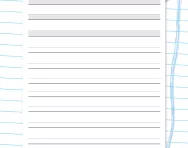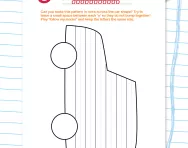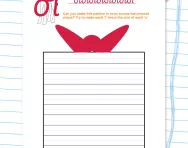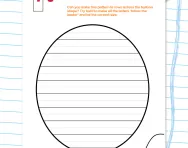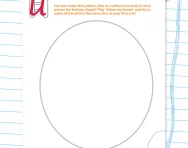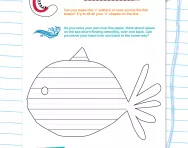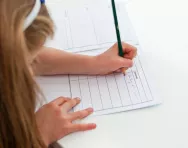Important update from TheSchoolRun
For the past 13 years, TheSchoolRun has been run by a small team of mums working from home, dedicated to providing quality educational resources to primary school parents. Unfortunately, rising supplier costs and falling revenue have made it impossible for us to continue operating, and we’ve had to make the difficult decision to close. The good news: We’ve arranged for another educational provider to take over many of our resources. These will be hosted on a new portal, where the content will be updated and expanded to support your child’s learning.
What this means for subscribers:
- Your subscription is still active, and for now, you can keep using the website as normal — just log in with your usual details to access all our articles and resources*.
- In a few months, all resources will move to the new portal. You’ll continue to have access there until your subscription ends. We’ll send you full details nearer the time.
- As a thank you for your support, we’ll also be sending you 16 primary school eBooks (worth £108.84) to download and keep.
A few changes to be aware of:
- The Learning Journey weekly email has ended, but your child’s plan will still be updated on your dashboard each Monday. Just log in to see the recommended worksheets.
- The 11+ weekly emails have now ended. We sent you all the remaining emails in the series at the end of March — please check your inbox (and spam folder) if you haven’t seen them. You can also follow the full programme here: 11+ Learning Journey.
If you have any questions, please contact us at [email protected]. Thank you for being part of our journey it’s been a privilege to support your family’s learning.
*If you need to reset your password, it will still work as usual. Please check your spam folder if the reset email doesn’t appear in your inbox.
Join vowels: handwriting practice worksheet
Why is learning to join letters in handwriting important?
Learning to join letters in handwriting, or cursive writing, is important because:
- It's faster: when you write in cursive, you don't have to lift your pen as often, so you can write more quickly.
- It looks smooth: cursive writing has a nice flow to it since the letters are connected. This can make it easier to read.
- It helps your handwriting skills: practising cursive improves your ability to control a pen or pencil with your fingers, which is important for writing neatly.
- It's part of our history: cursive writing has been around for a long time and is a part of our cultural heritage.
- It's useful: even though we type a lot nowadays, there are still times when we need to write things by hand, like signing your name or writing a letter.
- It might make your brain work better: some studies suggest that learning cursive could have benefits for your brain, like improving your reading skills and memory.
In short, learning cursive isn't just about fancy writing—it can help you write faster, improve your handwriting, and even give your brain a little workout.
How can your child practise to improve their handwriting skills?
You can improve handwriting skills by practising with worksheets such as this one. Created by a handwriting expert, this practice sheet focuses on joining vowels and provides clear examples with plenty of space for your child to copy. Print out several copies if you want to be sure that they have mastered these letters, or turn the paper over to test them without the visual aid.
For more cursive handwriting practice, try our Handwriting practice: cursive letters worksheet.

